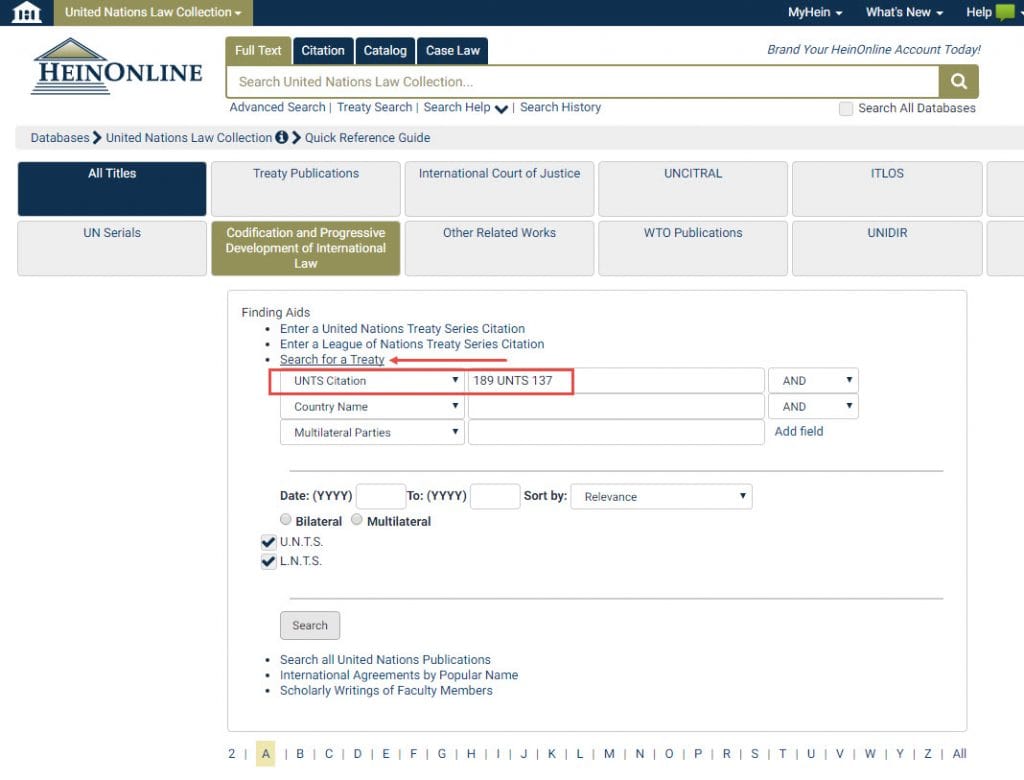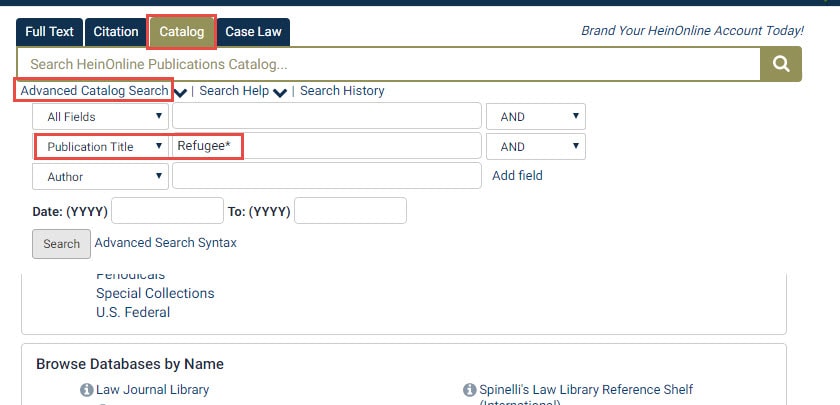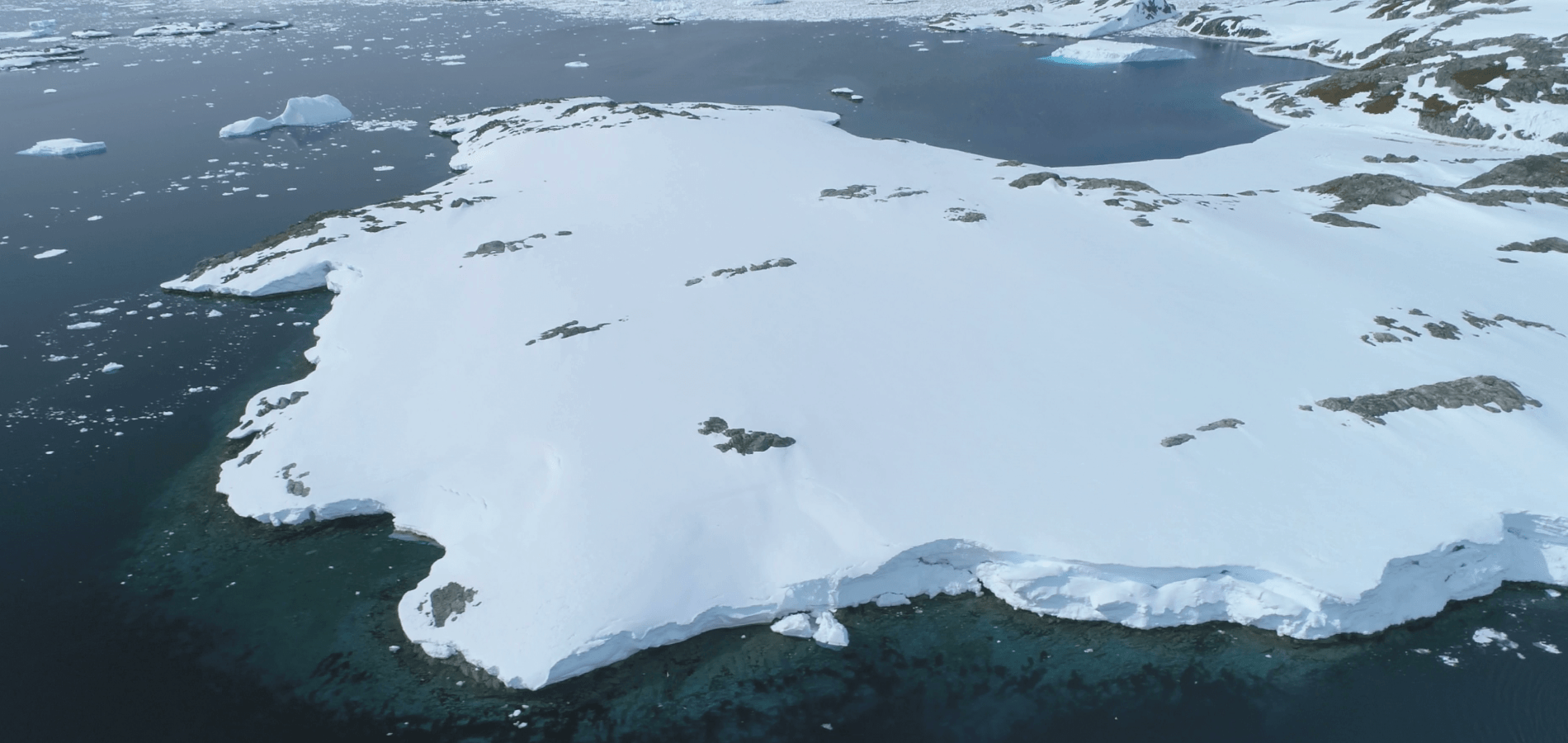The world has faced multiple refugee crises, defined as movements of large groups of displaced people. Today, more than 60 million people worldwide have been forcibly displaced from their home countries due to political upheaval, violence, religious persecution, and a myriad of other reasons.
Refugees: Facts and Figures
According to refugees.org:
- 60-70% of refugees live in urban areas as unrecognized residents
- 20-30% live in camps, often for many years
- Fewer than 0.1% are permanently resettled in a developed nation, such as the United States
According to pewresearch.org, the bulk of refugees admitted to the United States come from:
- The Democratic Republic of Congo
- Syria
- Burma
- Iraq
- Somalia
The Convention Relating to the Status of Refugees, which is also known as the 1951 Refugee Convention, is a UN multilateral treaty defining who constitutes a refugee and setting out rights and responsibilities of both asylum-seekers and nations that grant asylum. This convention built upon Article 14 of the 1948 Universal Declaration of Human Rights, which recognized the right to seek asylum from persecution.
Each year, the number of refugees that are accepted into the United States is determined by the president. Nearly 85,000 refugees were admitted in the fiscal year ending September 2016. The Obama administration set a goal of 110,000 refugees to be admitted during the 2017 fiscal year; the Trump administration will likely reduce the number of refugees granted admittance into the United States. Trump recently attempted to place a four-month hiatus on admittance of refugees with two executive orders signed on January 27 and March 6. Both orders, which some considered to be travel bans directed specifically toward Muslim-majority nations, were blocked by federal judges before they were set to take effect. This timeline highlights key events surrounding the issuance and subsequent blockage involving these executive orders.
Basic Refugee Resettlement Process
The United Nations Refugee Agency first flags vulnerable cases for resettlement. Refugees whose life, liberty, safety, health, or other fundamental rights are in danger in their native countries are considered for resettlement; they cannot choose their country of resettlement, and those who pose a threat to others are not referred for resettlement. Refugees who are directed to the United States undergo a thorough vetting process by the United Nations and, subsequently, the United States.
Once a refugee has been approved for entry into the United States, the case is assigned to one of nine not-for-profit non-governmental organizations (NGOs). The NGO then helps them find work, integrate into their new area, and adjust to a U.S. lifestyle. Many volunteer organizations exist to assist with this process, as it is often incredibly difficult to assimilate into a new culture, learn a language, and ultimately become self-sufficient.
Explore This Topic in HeinOnline
A simple search for “refugee resettlement” OR “Refugee Convention” produces more than 17,500 results in the Code of Federal Regulations, more than 5,100 results in the Law Journal Library, and nearly 3,000 results in U.S. Congressional Documents.
To find the 1951 Convention Relating to the Status of Refugees enter the World Treaty Library and search for “status of refugees” in a keyword field. Use the facets on the left side of the page to limit results to those from 1950-1959:

This treaty is also available in the United Nations Law Collection. To find this treaty by its citation, use the Search for a Treaty tool on the collection homepage and enter the 189 UNTS 137 in the UNTS Citation field:

Search for references to this convention published in scholarly articles by performing a proximity search. For example, select the Law Journal Library from the list of available databases and enter “1951 Refugee Convention”~10 using the main search bar located at the top of the page. This search query produces more than 4,500 results which can be refined by using the facets on the left side of the page or by searching within the results for additional terms.

To find books, journals and other titles related to refugees, use the Catalog tab located on the main search bar at the top of any page in HeinOnline. Click the Advanced Search link and enter Refugee* in the Publication Title field:

HeinOnline contains more than 430 titles that match this search.
Looking to help refugees? Check out this article from ted.com, which offers suggestions for people to provide practical assistance to those who need it most.
For help searching and navigating in HeinOnline, contact our dedicated support team at (800) 277-6995, email us, or chat with us!



